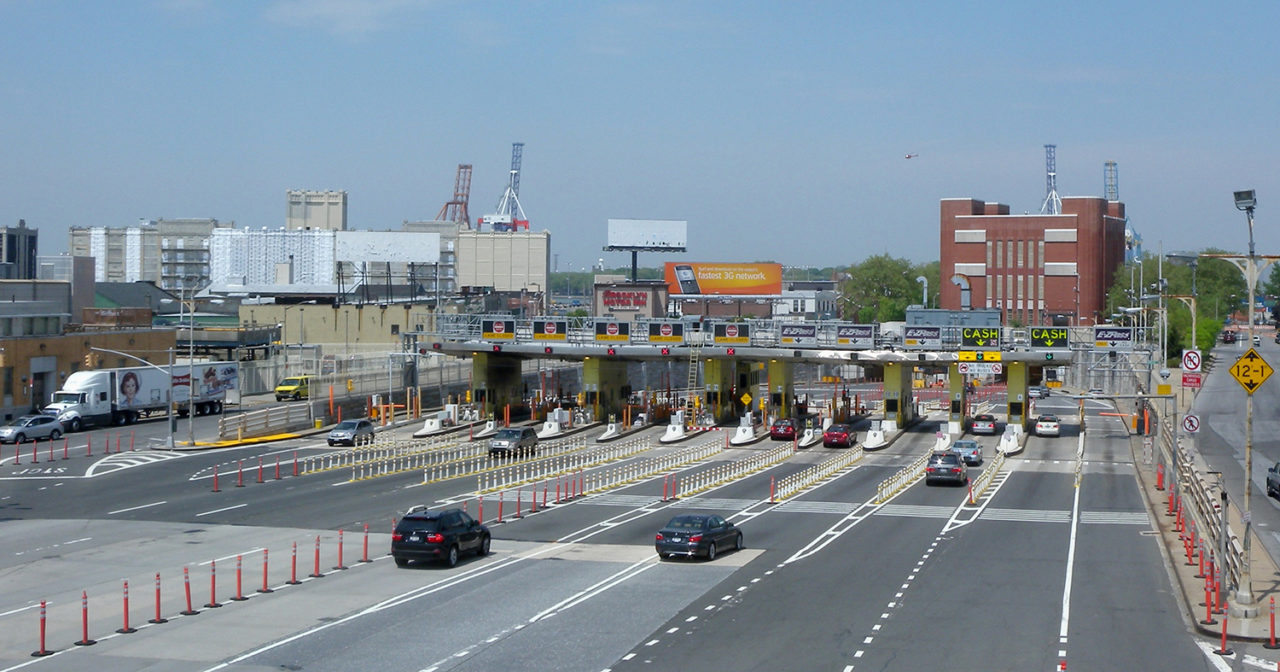by: Adam Roberts
After more than a decade of political advocacy and debate, congestion pricing was finally included in the New York State budget. First proposed by Mayor Bloomberg over a decade ago, this current plan passed after strong lobbying by Governor Cuomo. Numerous groups, including AIA New York and its Transportation and Infrastructure Committee, pushed for the passage of congestion pricing in order to fund New York City Transit’s Fast Forward Plan to fix the subways and buses in 10 years.
Besides funding the subway and bus systems, congestion pricing should have other advantages for New Yorkers. While 80 percent of revenues will go towards these two systems, Metro-North and Long Island Rail Road will evenly split the remaining 20 percent, ensuring New York’s overcrowded and underfunded commuter systems receive a much-needed boost. Meanwhile, congestion pricing should also decrease traffic within the central business district of Manhattan (defined as south of 60th Street), improving pedestrian safety and air quality.
Regarding this current plan’s specific provisions, the new tolling program will be run by the Triborough Bridge and Tunnel Authority, also known as MTA Bridges and Tunnels, and the NYC Department of Transportation. The West Side Highway, FDR Drive, and the Battery tunnel are exempted. Some drivers will be exempted as well, including emergency vehicle drivers and people with disabilities.
A new Traffic Mobility Board will be created, which has the responsibility to set toll prices. Its members include those from the suburbs as well as from New York City. The Board is charged with releasing its recommended prices next year.
AIA New York is proud to have successfully advocated for congestion pricing. The MTA is in a desperate financial situation, as reflected by its recent decision to cut hourly fees for all existing contracts by 10 percent. The influx of new revenue from congestion pricing, combined with various MTA reforms also included in the State budget, should hopefully put the MTA on more stable footing.
Pulse Points
- AIANY’s new monthly Policy Digest was launched last month, quickly summarizing the top three policy issues AIANY has been working on. We plan to issue this monthly going forward as a means to better inform our membership about the various types of policy and advocacy work we are doing.
- Applications are now open for the AIANY Civic Leadership Program (CLP), which helps develop a class of emerging architectural professionals into civic leaders by honing their advocacy skills. To learn more, attend the upcoming breakfast information session on Thursday, April 4.
- Last month, AIANY expressed its opposition to Bulletin 2018-008, which was issued by the NYC Department of Buildings (DOB), requiring that design professionals perform final inspections for certain types of work. DOB is now reconsidering the bulletin; AIANY will keep its members posted on future developments.








